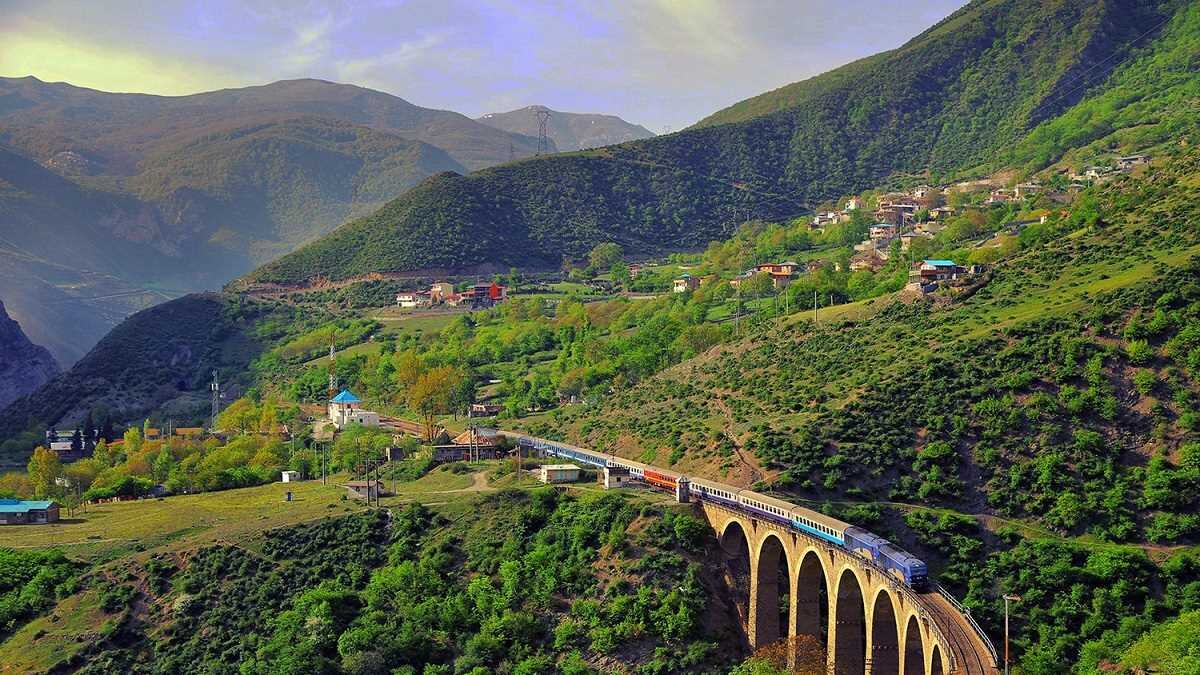Iran, a country with a rich tapestry of history and culture, is also home to a diverse and stunning array of environmental marvels. From the rugged peaks of the Zagros and Alborz mountain ranges to the serene oases that dot the arid landscapes, Iran’s natural beauty is as varied as it is breathtaking. This article takes you on a journey through some of Iran’s most remarkable environmental wonders, showcasing the country’s unique biodiversity and geological splendor.
The Alborz Mountain Range
The majestic Alborz mountain range stretches across the northern part of Iran, serving as a natural barrier between the Caspian Sea and the rest of the country. The highest peak in Iran and the Middle East, Mount Damavand, is located here. Standing at 5,610 meters (18,410 feet), Mount Damavand is an active stratovolcano that attracts adventurers and nature lovers from around the globe. The Alborz range is not only a haven for mountaineering and hiking but also boasts lush forests, ski resorts, and a rich variety of flora and fauna, including the endangered Caspian tiger and the Persian leopard.
The Zagros Mountains
The Zagros mountain range, which spans across western and southwestern Iran, is another of the country’s environmental marvels. This vast mountain system is characterized by its folded geology, deep valleys, and high plateaus. The Zagros are home to a diverse range of ecosystems, from deciduous forests to semi-desert landscapes. This diversity supports a rich array of wildlife, including the Asiatic black bear, the Persian wild goat, and the rare Zagros lion. The Zagros mountains are also culturally significant, with ancient archaeological sites and traditional villages that have preserved the heritage of the region.
The Lut Desert
In stark contrast to the lush mountain landscapes, the Lut Desert, or Dasht-e Lut, in southeastern Iran, is one of the driest and hottest places on Earth. This vast desert, which means “Emptiness Plain,” is known for its towering sand dunes, salt flats, and unique geological formations. Despite its harsh conditions, the Lut Desert is not devoid of life. It is home to a variety of desert-adapted species, including the Iranian gazelle and the Asian wild ass. The desert’s extreme conditions have also led to the development of unique cultural practices among the nomadic tribes that traverse its sands.
Oases of Life
Amidst the arid landscapes of Iran, oases serve as lifelines, providing water and fertile land for agriculture and habitation. The oases of Iran, such as those found in the cities of Yazd and Kerman, are marvels of human adaptation with nature. These green havens are often fed by qanats, ancient underground water channels that have been used for thousands of years to transport water from the mountains to the plains. The oases are not only crucial for sustaining life in the desert but also offer a respite for travelers and a habitat for a variety of plant and animal species.
Biodiversity Hotspots
Iran’s unique geographical position at the crossroads of three continents has made it a biodiversity hotspot. The country is home to a vast array of ecosystems, from the temperate forests of the Caspian Hyrcanian mixed forests to the subtropical forests of the Persian Gulf. This diversity supports a rich variety of plant and animal life, with many species found nowhere else on Earth. Conservation efforts are crucial to protect these unique ecosystems and the species they support, including the critically endangered Iranian cheetah and the Hyrcanian tiger.
Conclusion
Iran’s environmental marvels are a testament to the country’s natural beauty and biodiversity. From the snow-capped peaks of the Alborz and Zagros mountains to the scorching sands of the Lut Desert and the serene oases that dot the landscape, Iran offers a wealth of natural wonders. These marvels not only provide a glimpse into the country’s diverse ecosystems but also highlight the importance of conservation efforts to protect these precious environments for future generations. As visitors explore these natural wonders, they are reminded of the delicate balance between human activity and the natural world, and the need to preserve these treasures for the benefit of all.
